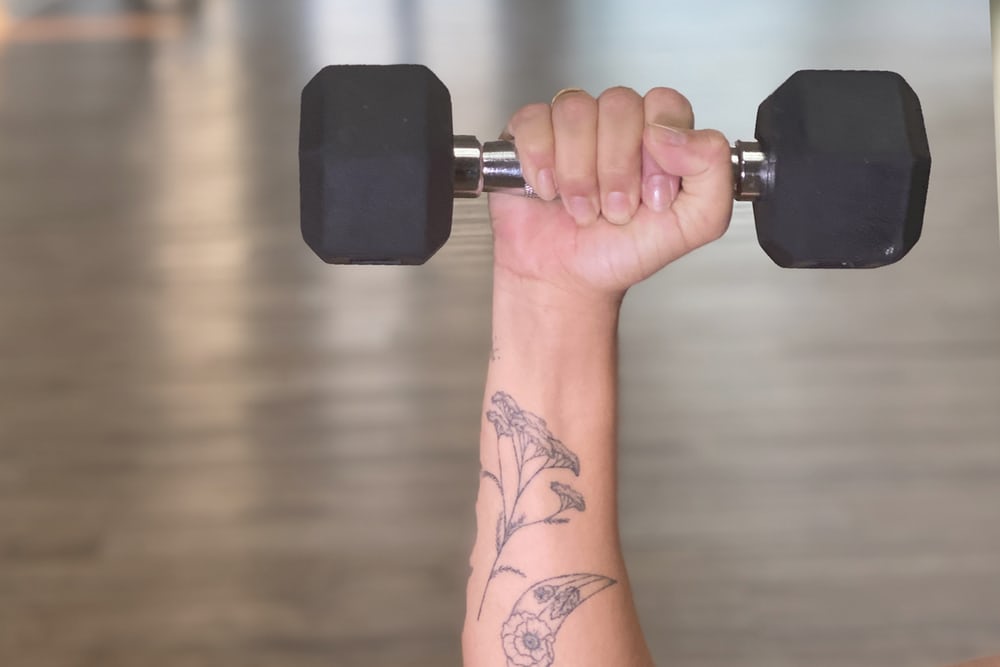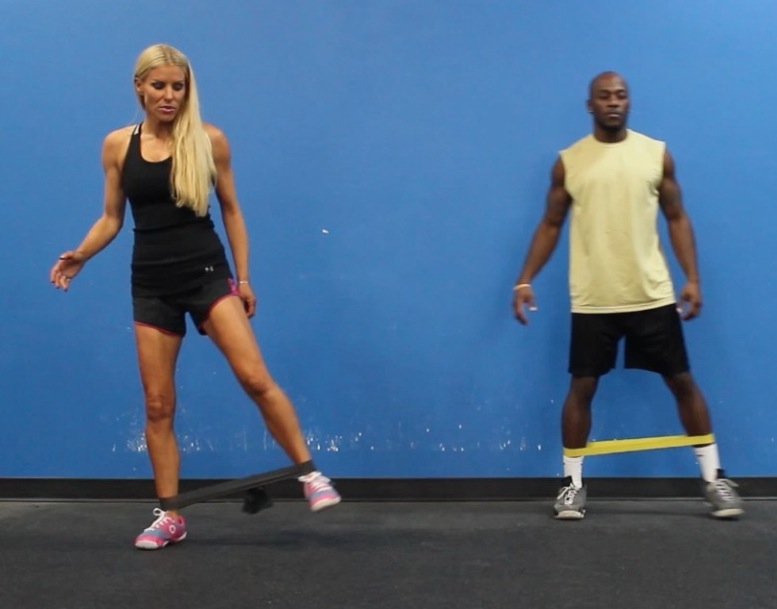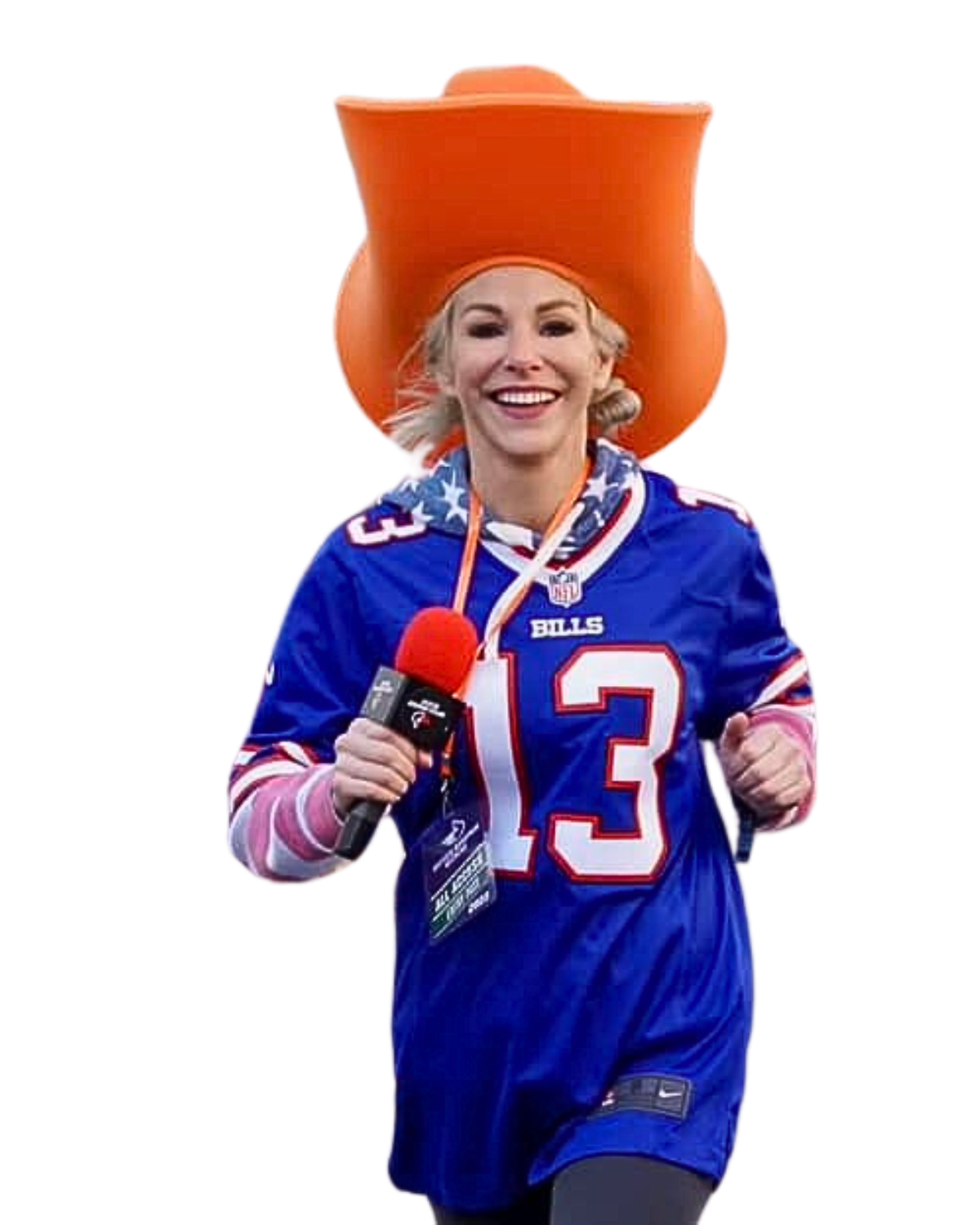If strength training is a priority for you and you’ve adopted a well-rounded game plan, there’s still a strong possibility that you’re focusing on the major muscle groups and forgetting some of the smaller and less popular muscles. Forearms, wrists, anterior tibialis, and rotator cuffs are just a few of those that often get lost in the mix. Reverse wrist curls may seem unnecessary, but if you think about how often your forearms work for you, you might reevaluate the need to give them some attention.
What Are Wrist Curls?
The wrist curl is an isolation exercise that targets the muscles of the forearm. They are preferably combined with a complimentary wrist extensor exercise, the reverse wrist curl to encourage the development of the opposing muscles creating symmetry and balance. The muscles worked in this exercise are the biceps brachii, the brachioradialis, and the brachialis which are located beneath the biceps brachii. The main forearm muscles; the palmaris longus, the flexor carpi radialis, and the flexor carpi ulnaris are also used in the exercise.
Reverse Wrist Curl Benefits
Grip Strength
Having a firm grip means having a strong grasp on weights and bars during training as well as a better ability to hold your body up during suspension exercises. You’ll notice improved performance with compound lifts since reverse wrist curls work on extensors, a small yet important muscle. It will also come in handy outside the gym when you’re carrying all those grocery bags.
Proportional Forearms
Bicep and wrist curls provide lots of stimulation for forearm flexors, causing them to be more developed than forearm extensors. This leads to an imbalance of lower arm strength and disproportionate forearms, especially if the gulf in development is major. That’s where reverse wrist curls play their role in catching up the development with the likely dominant flexors. You’ll also get the benefit of enhanced forearm endurance whether it’s inside or outside the gym.
How To Get A Reverse Wrist Curl Right
-
Standing Reverse Wrist Curls
Performing reverse wrist curls requires precision and proper form to reap maximum benefits as well as avoid injury. To perform it correctly, grab two dumbbells for each arm or one barbell and hold it with an overhand, hip-width grip. Plant your feet firmly on the ground shoulder-width apart, bending your knees slightly for more balance. Place the barbell by straightening your arms by each thigh, shoulders pulled down and back, and abs upheld. Start bending your arms and curling the bar up to your shoulders, hold the contraction for a second, then lower it back down. Make sure you slightly flex your wrists at the top of the movement to stimulate forearm activation. Repeat these for 3-4 sets of 15-20 reps. During the exercise, remember to always control the bar, squeeze your extensors, and use high reps.
-
Reverse Wrist Curls Using A Bench
There are two ways to perform a reverse wrist curl with a bench; one is done in a seated position, and the other is done over the bench. To do it seated, get two dumbbells or a barbell and sit on the corner of a bench with your feet firmly on the ground and thighs parallel to the ground. Ensure you have an overhand grip on the dumbbells and position your wrist on your knees with palms facing downward. Then move to the starting position with your wrists on the edge of your knees and start curling your wrist up and down, engaging the forearms, yet keeping your arms still when you twist your wrist. As for an over bench reverse wrist curl, take a barbell and place it next to the longest side of a weight bench. With an overhand grip inside shoulder width, bend to grab the bar then position your forearms firmly on the bench, allowing your hands to hang off the edge. To activate forearm extensors, bend your wrist downwards until you feel a stretch. Finally, extend your wrist and squeeze the top of your forearms to bring the bar back up.
Common Dumbbell Reverse Wrist Curl Mistakes
1. Lifting Too Much Weight
Choosing to lift too much weight is one of the biggest mistakes done during this exercise. This is because forearms and wrists are not as strong as other parts of the body, so it’s not smart to use the same amount of weight you choose for exercises like bench presses or bicep curls. These muscles also work best with lighter weight because they respond best to high reps since they’re slow-twitch and have a very small range of motion.
2. Thrusting The Weight
It can be easy to quickly fall for thrusting the weights recklessly during this exercise because it’s only your wrists going up and down. However, you have to make sure that with each repetition, you have complete control and you’re moving at a steady pace. Try to also not shorten the range of motion even more by doing half reps and focus on getting a full stretch from each one. To get the strongest possible contraction for your extensors, raise your hands above your forearms on the way up.
Alternatives & Variations
If the exercise is too difficult to perform, there is a modification to make it easier as well as alternatives and variations you can try out. The modification you can opt for is to isolate one arm at a time by using dumbbells rather than a barbell. Variations and alternatives of the exercise include cable wrist curls, plate wrist curls, prone wrist curls, EZ bar reverse curls, thick bar reverse curls, wrist roller, and wrist twist exercise.
There you have it, this is pretty much all you need to know about reverse wrist curls and how to do them with the right form. Ensuring you get the form right matters to make sure you benefited from the exercise and to avoid damaging your wrists or forearms. Remember to take it slow with light weights to test your endurance, starting with 10-15 reps then make your way to be able to comfortably do 30 reps.






